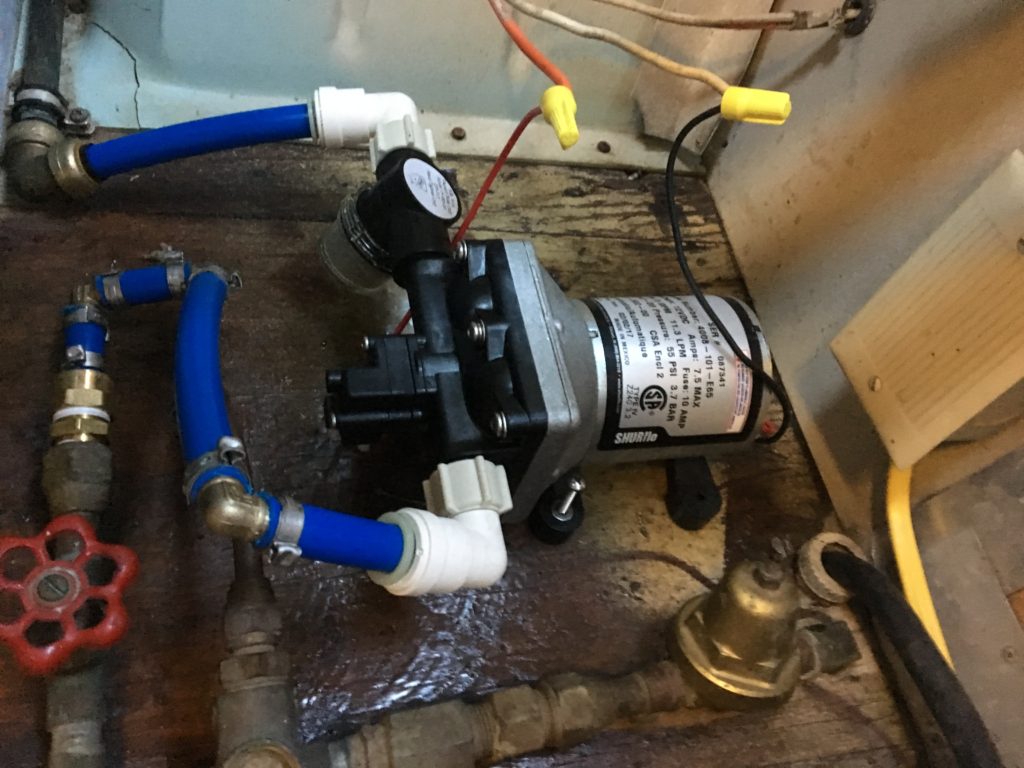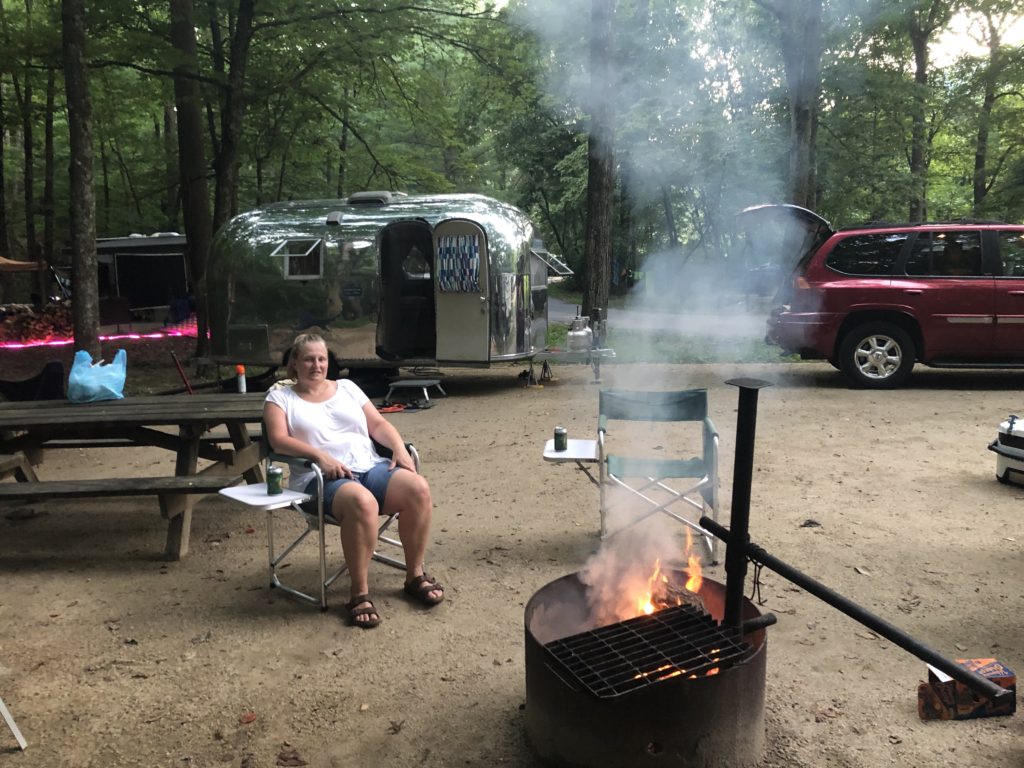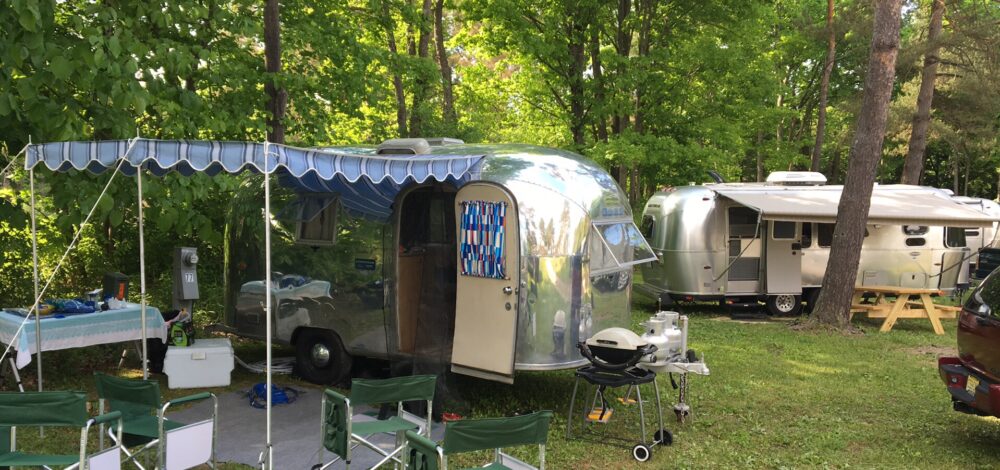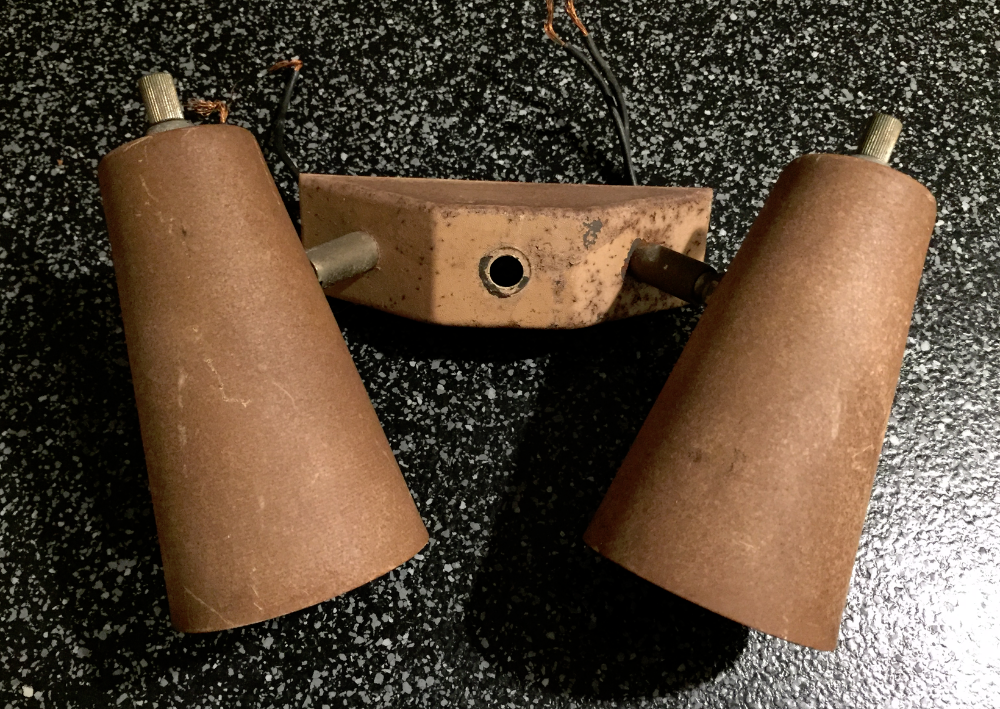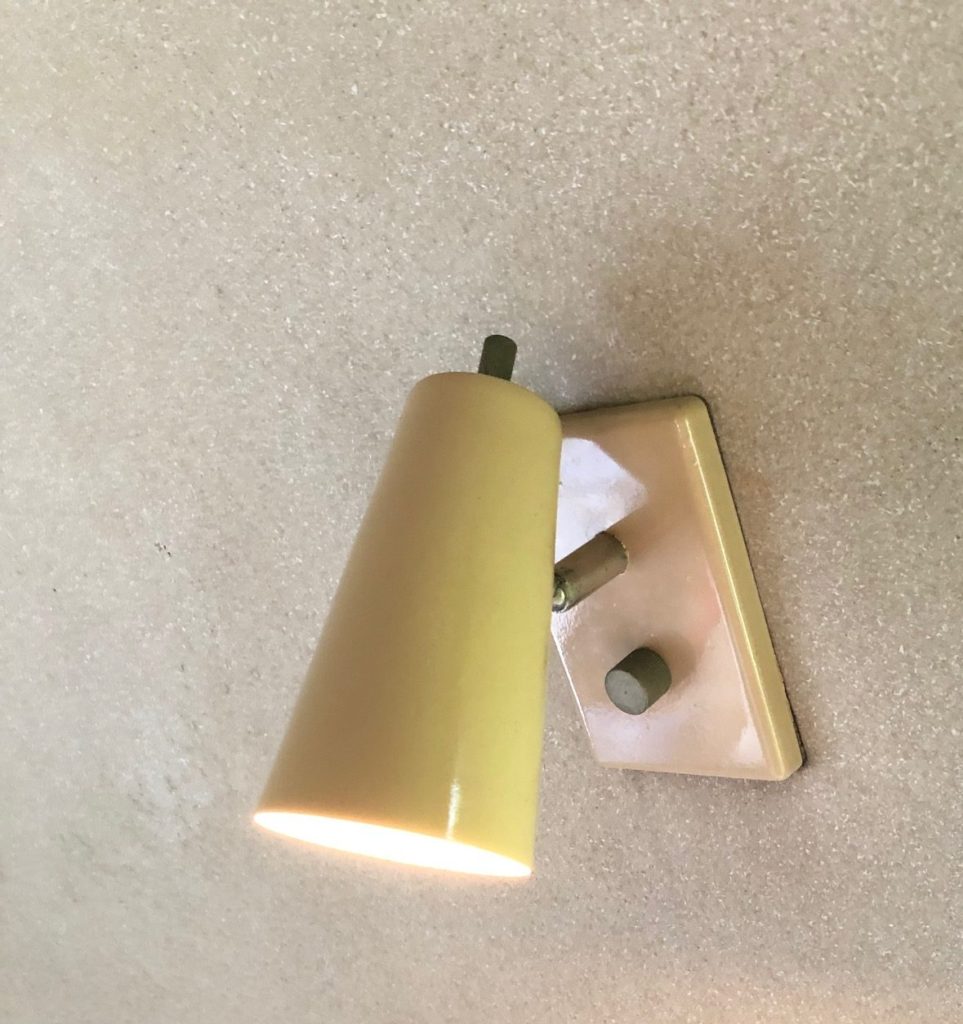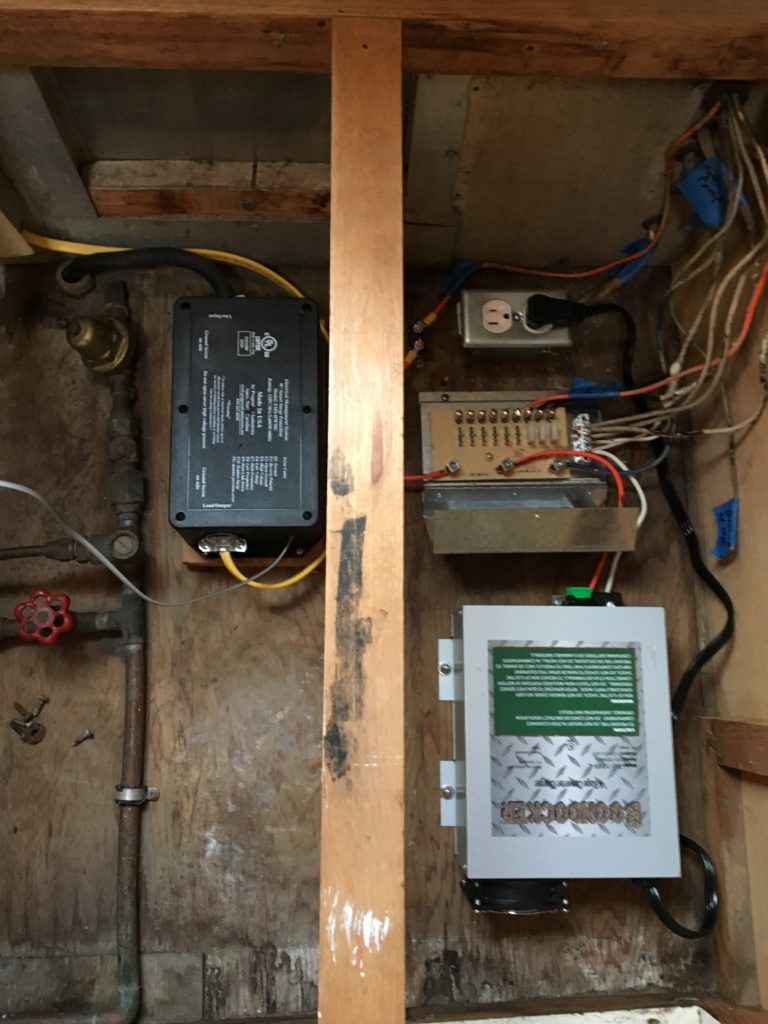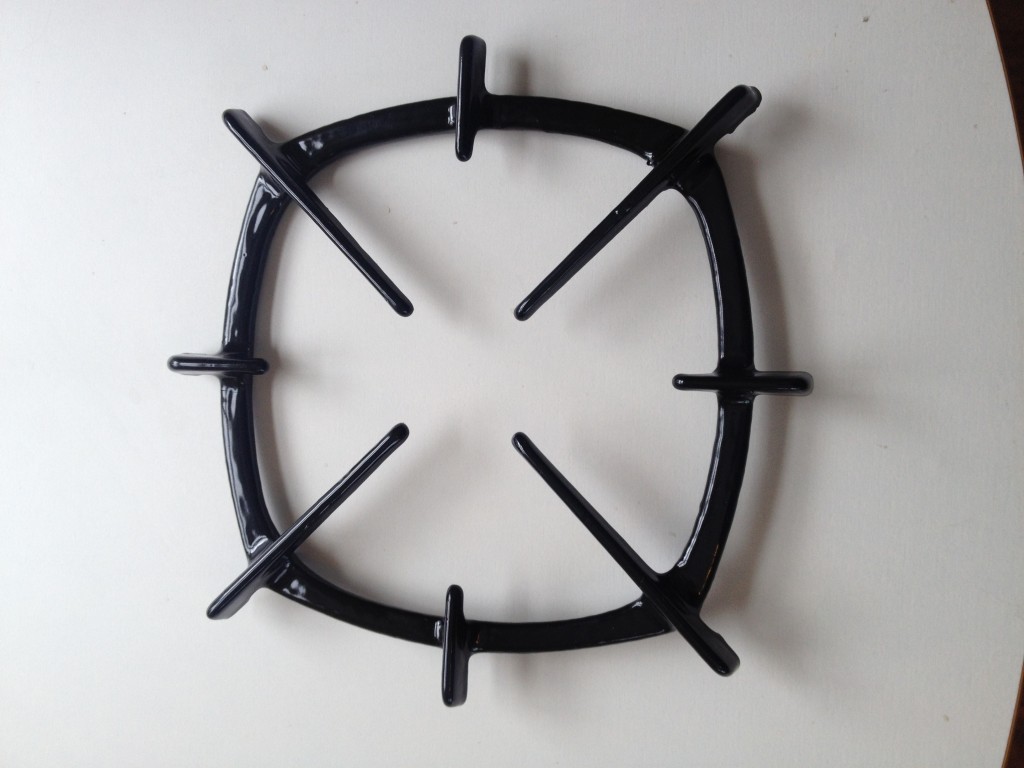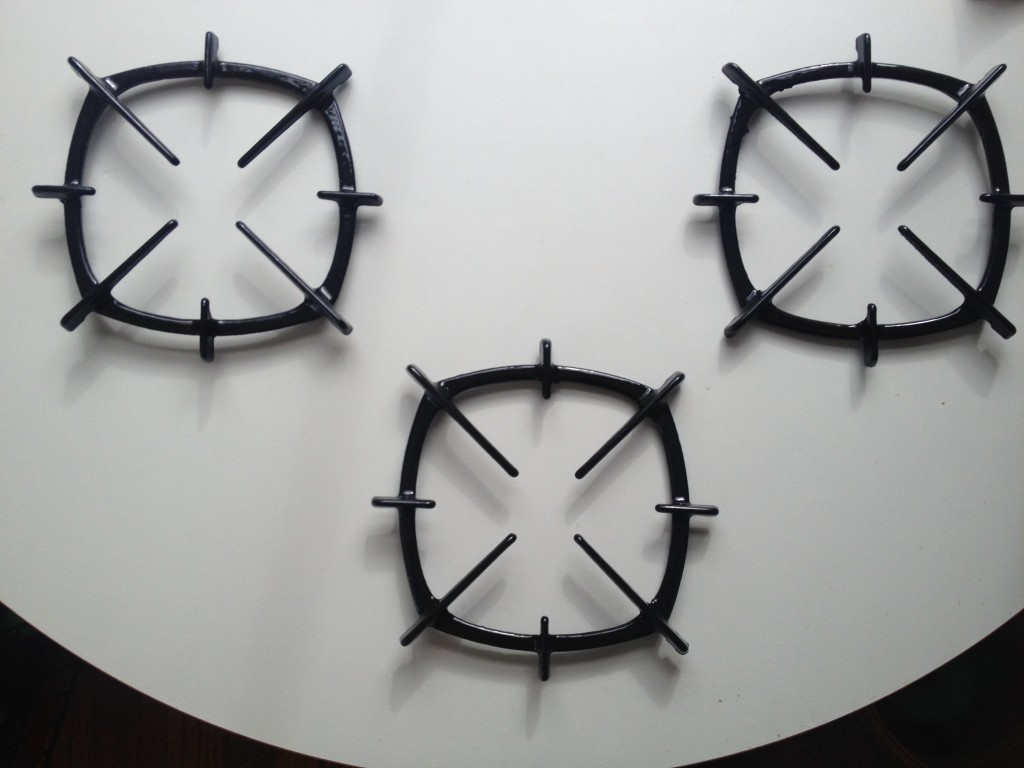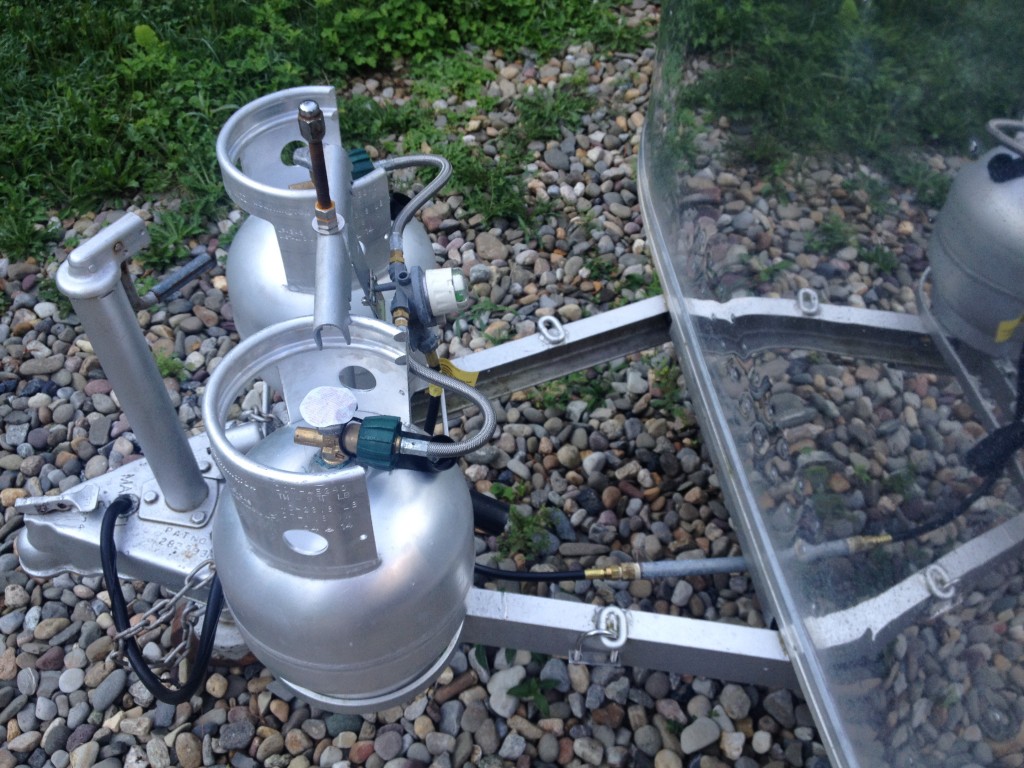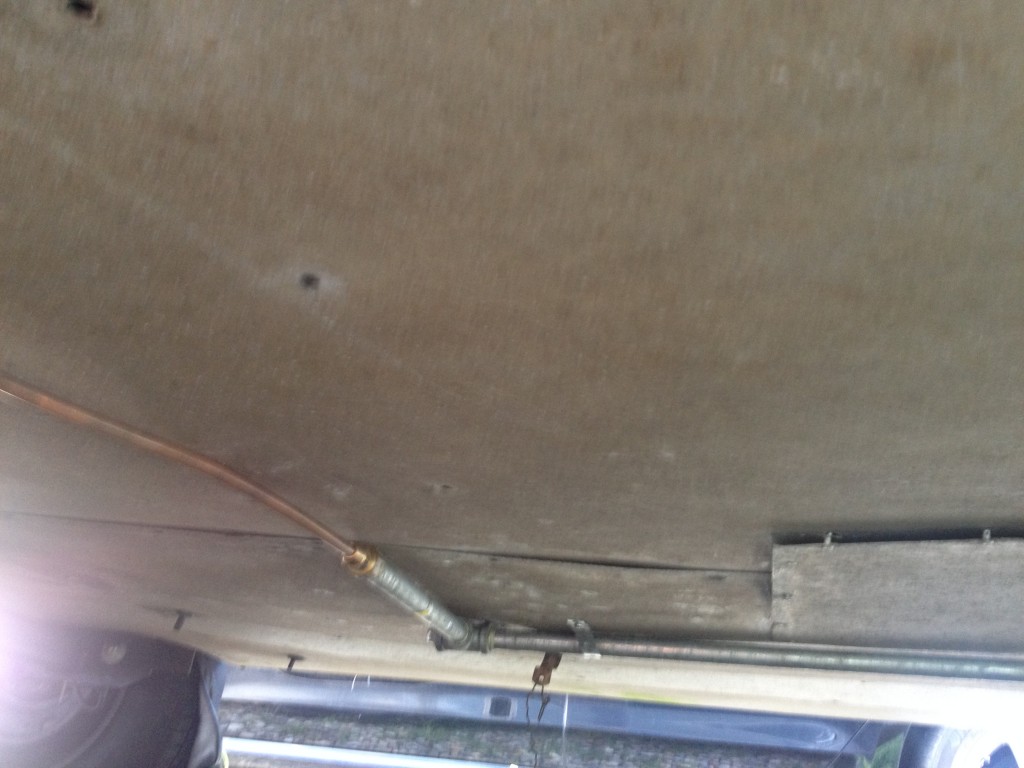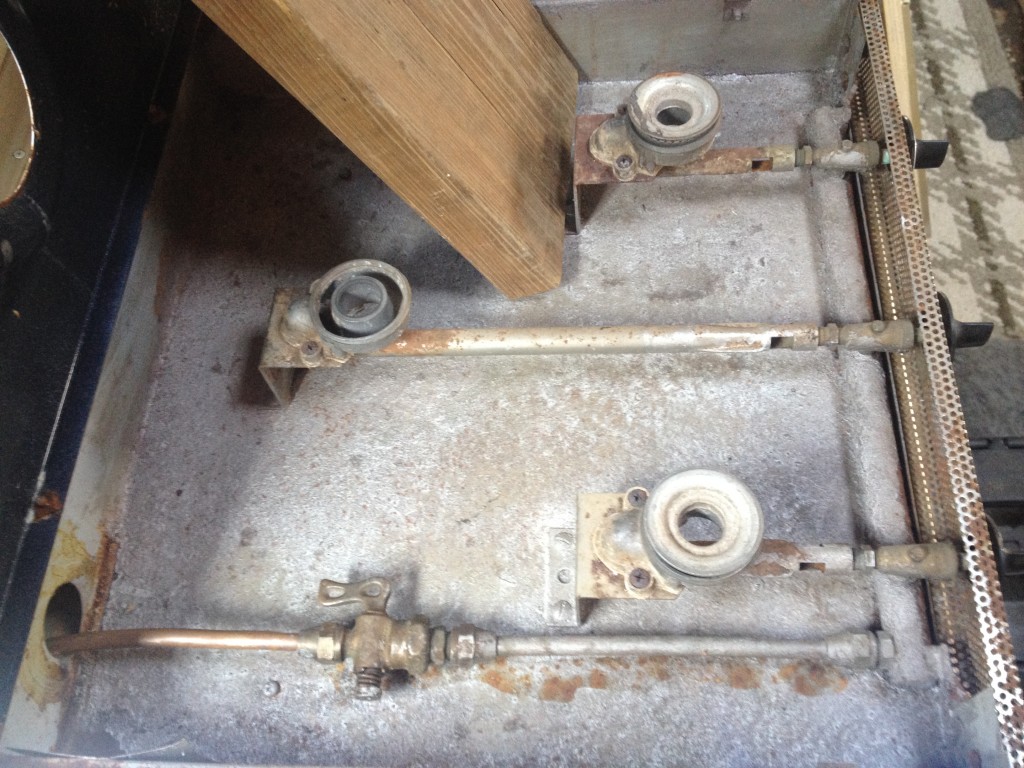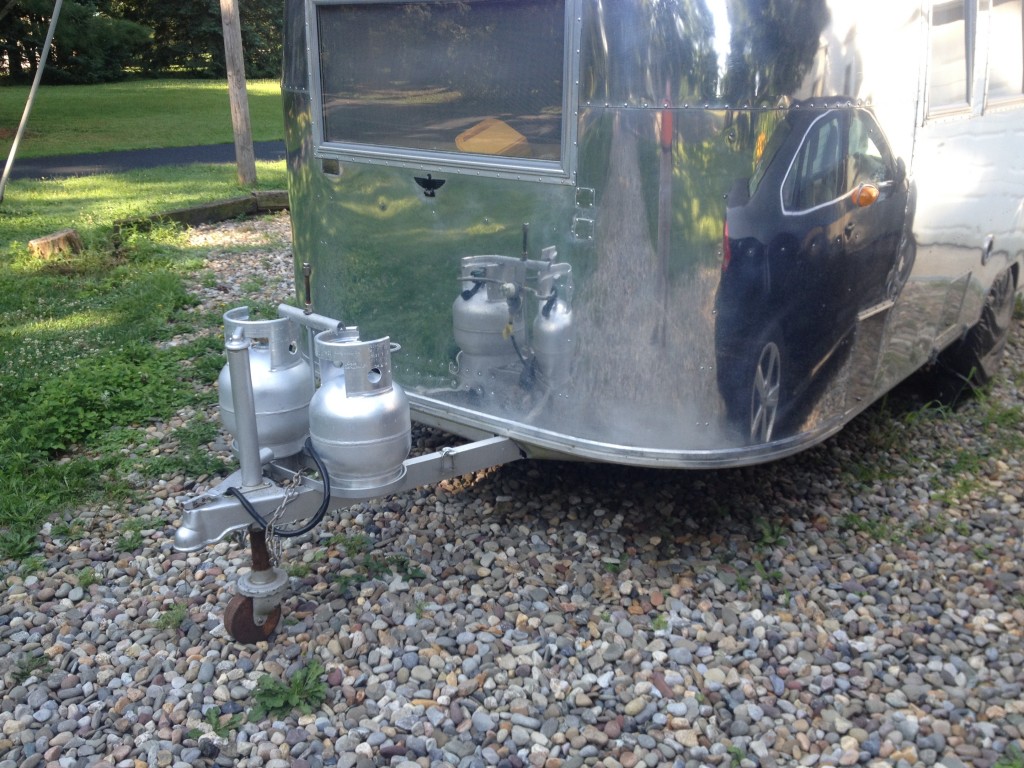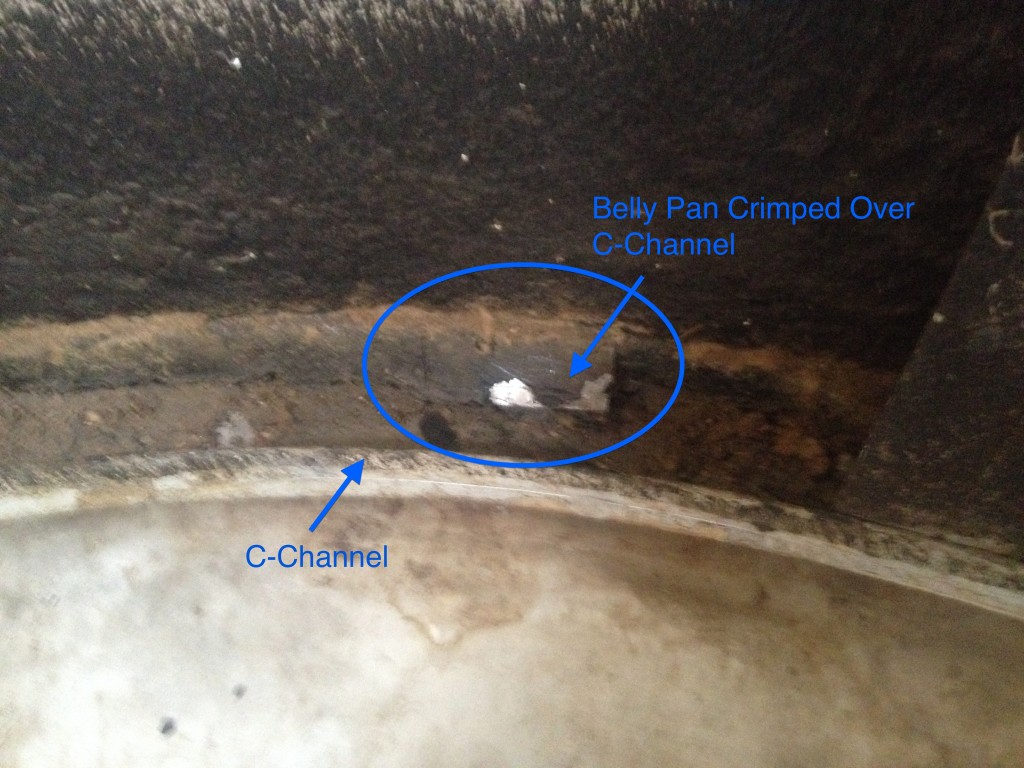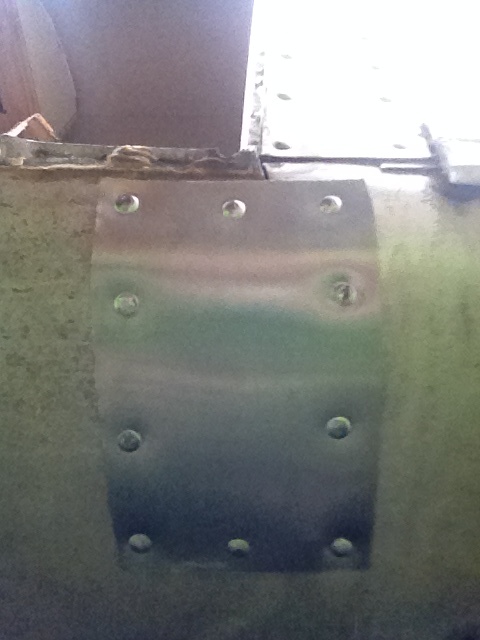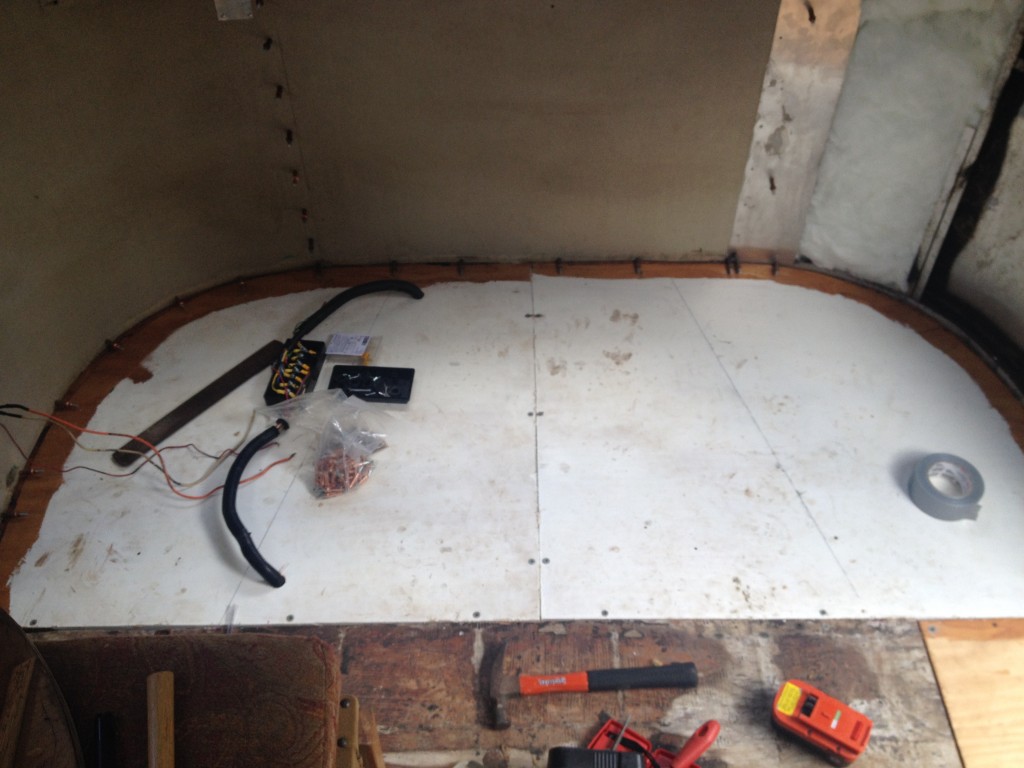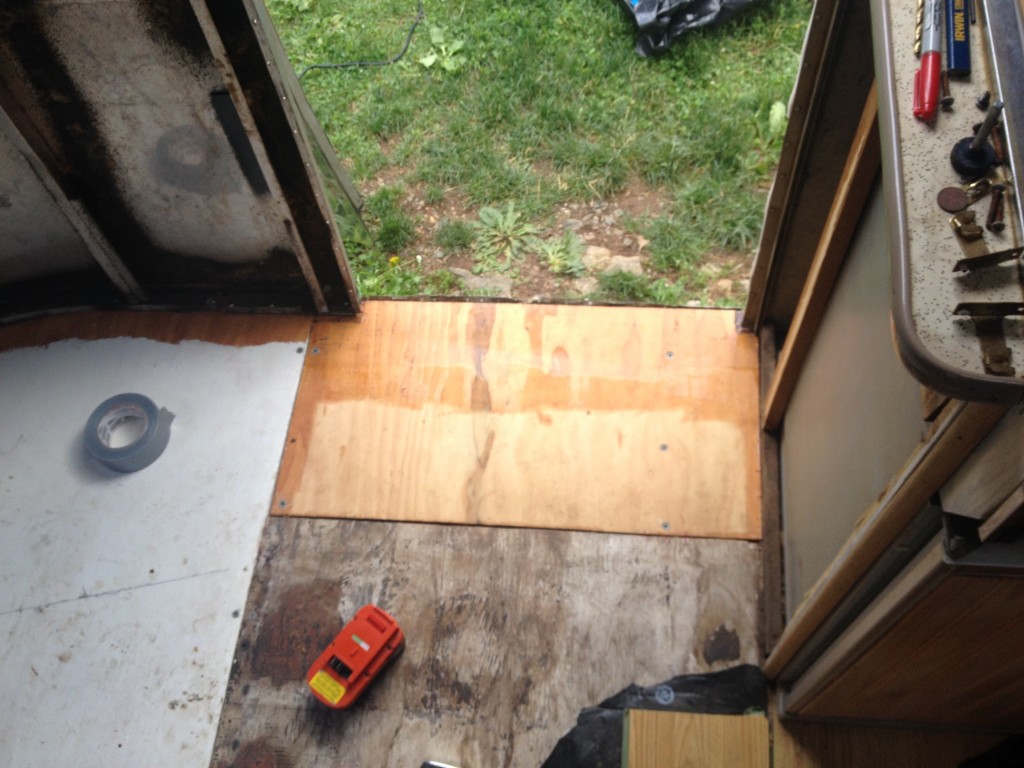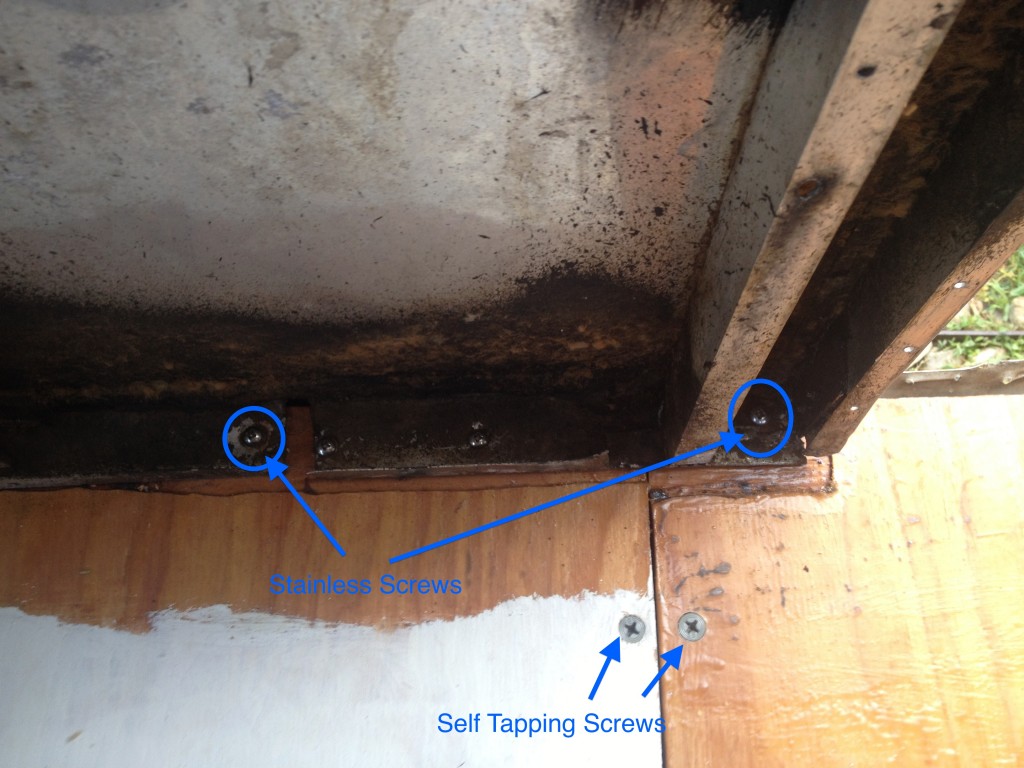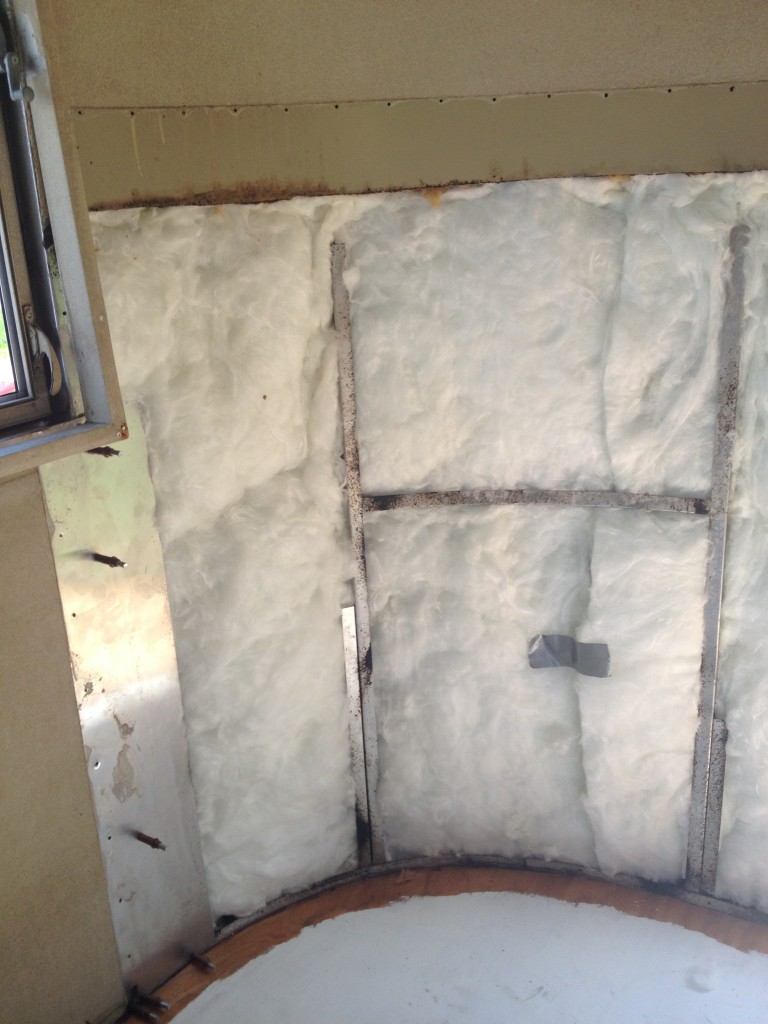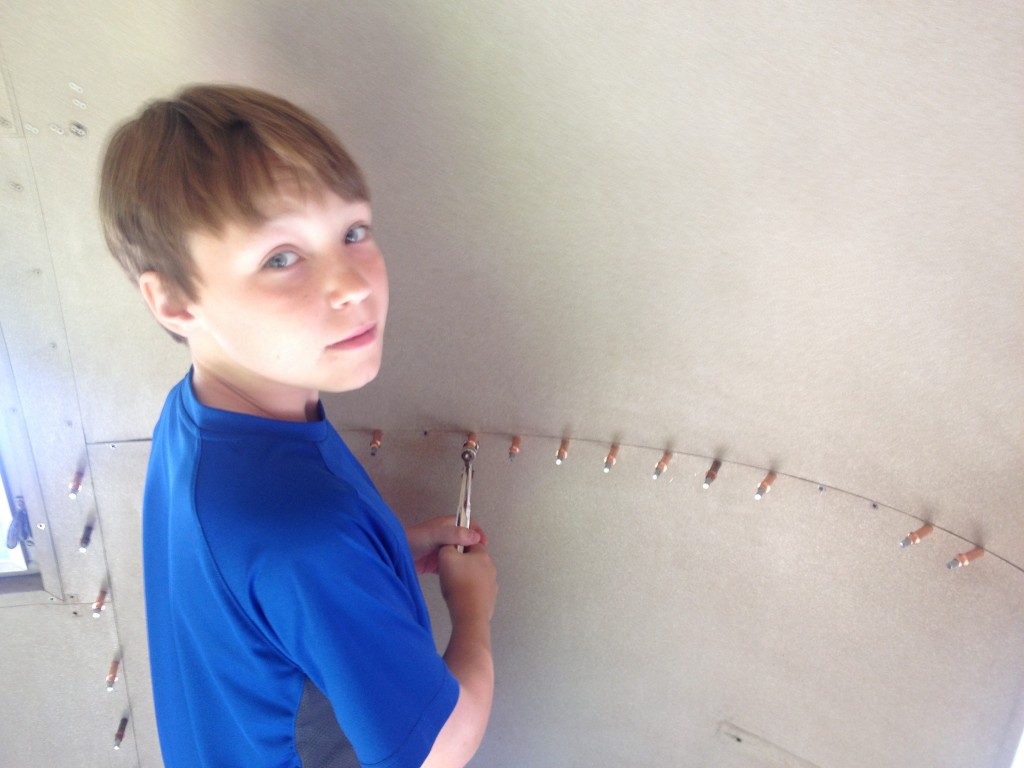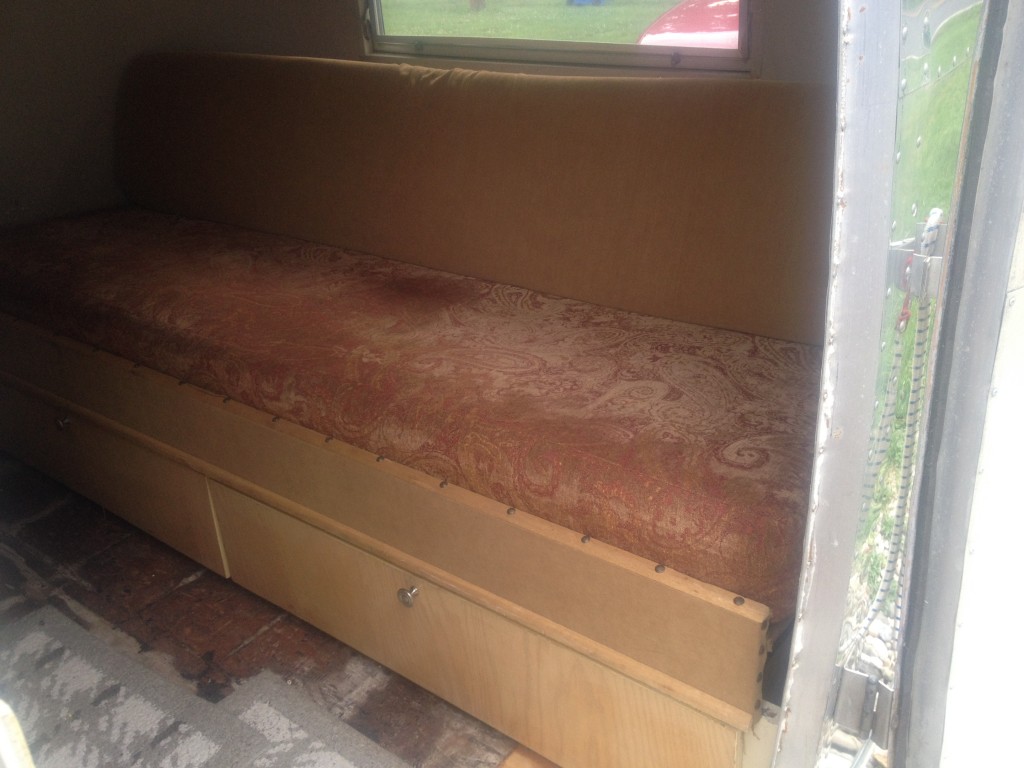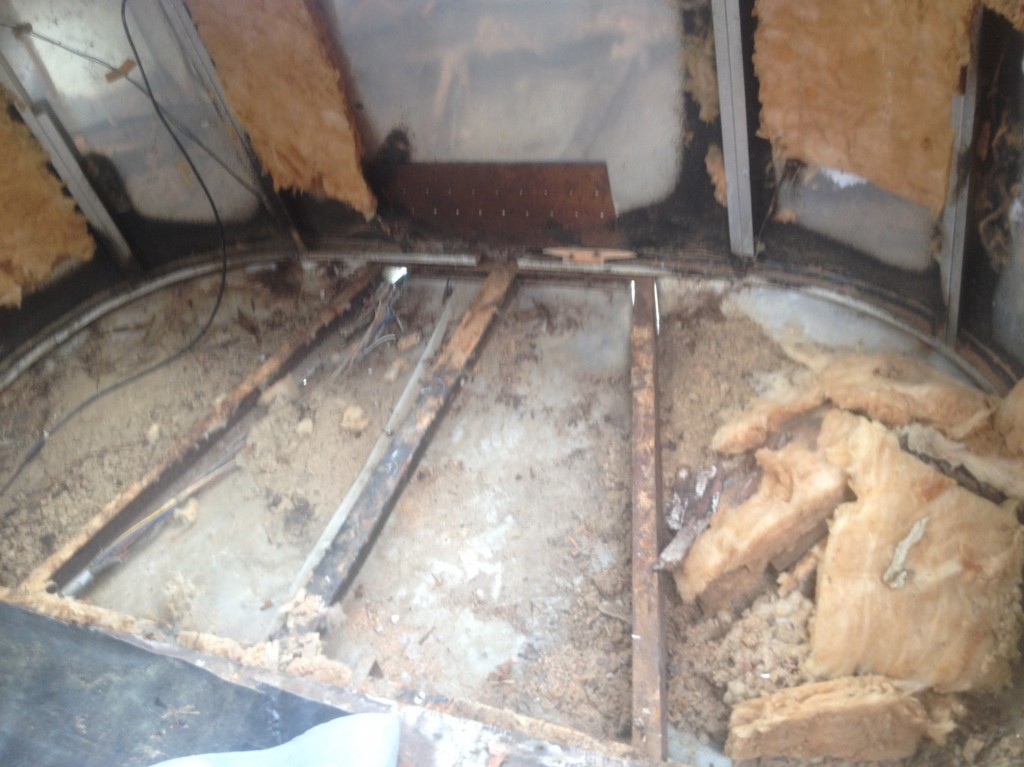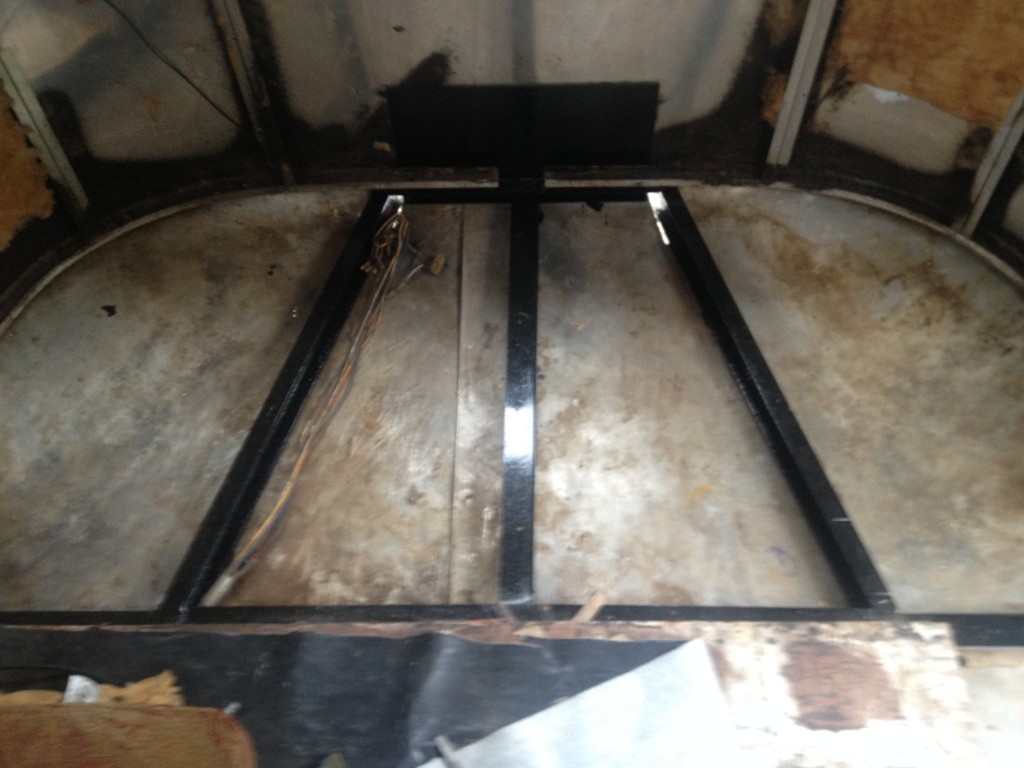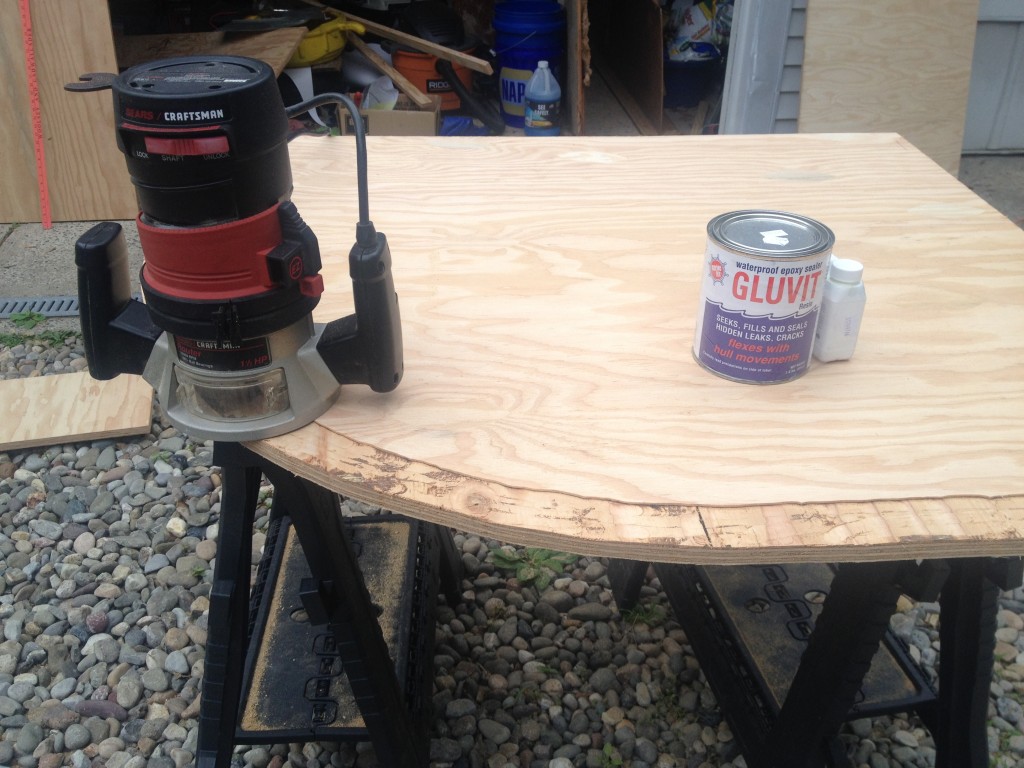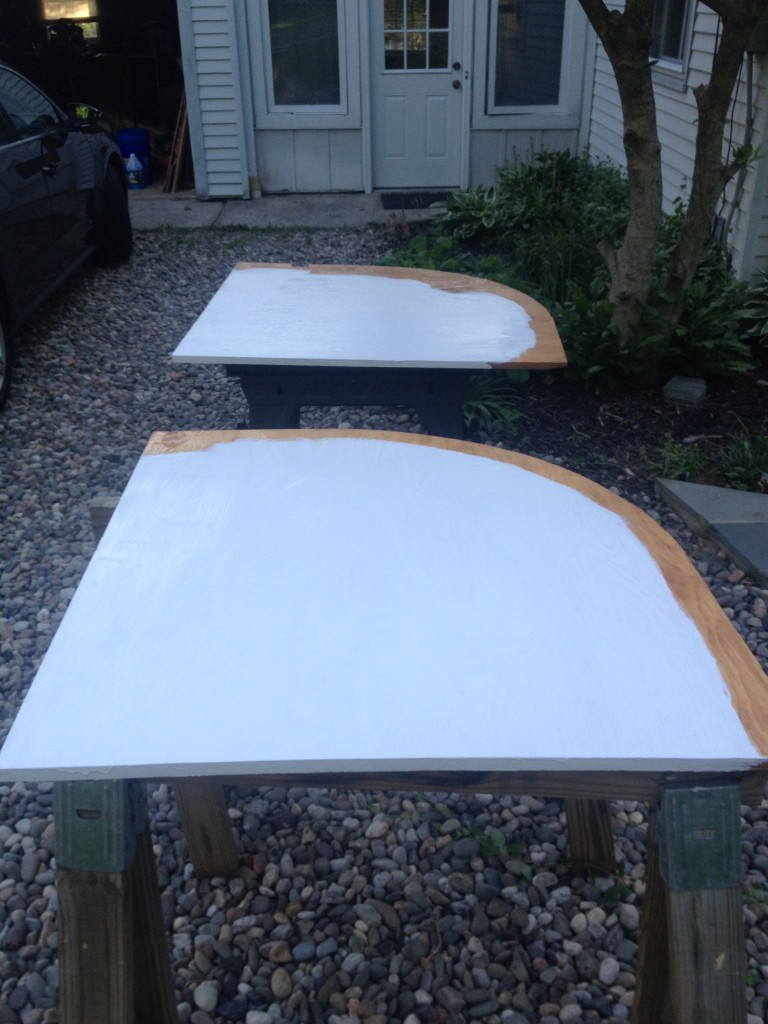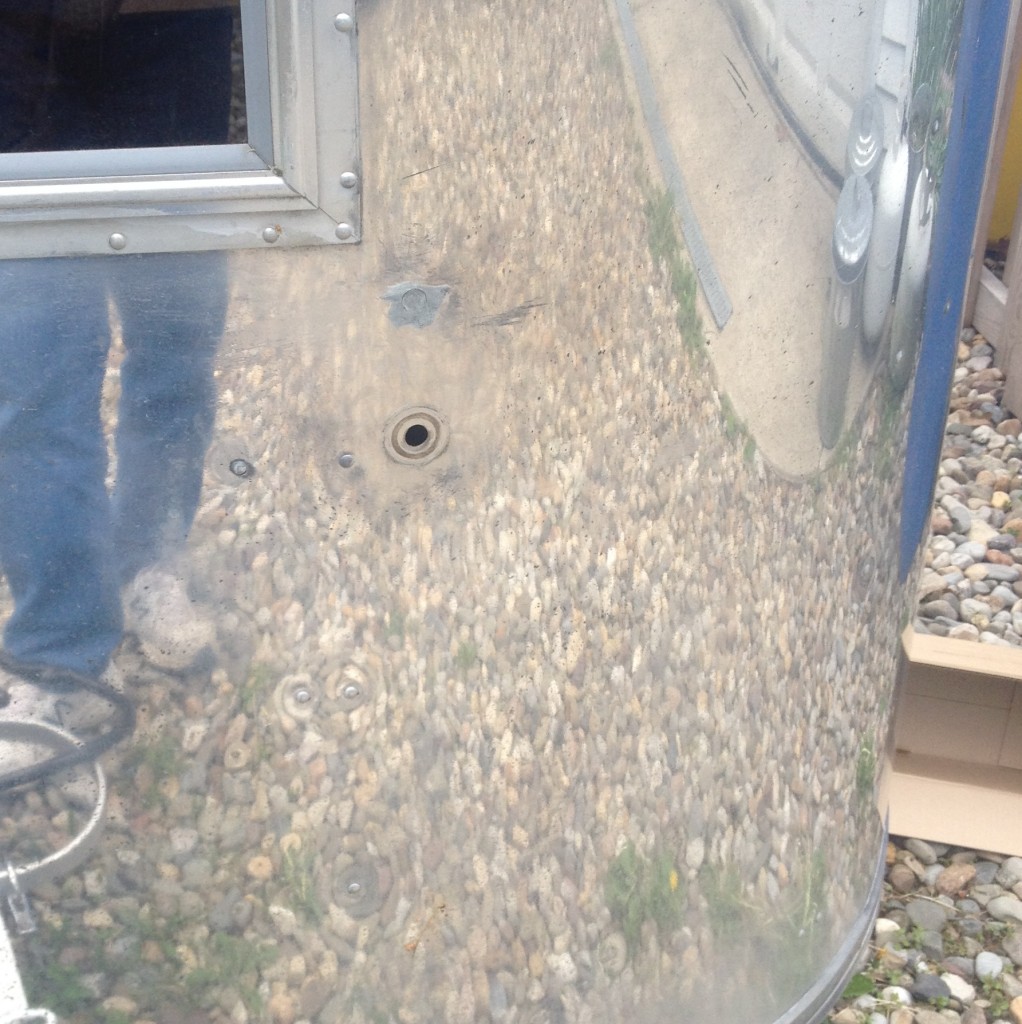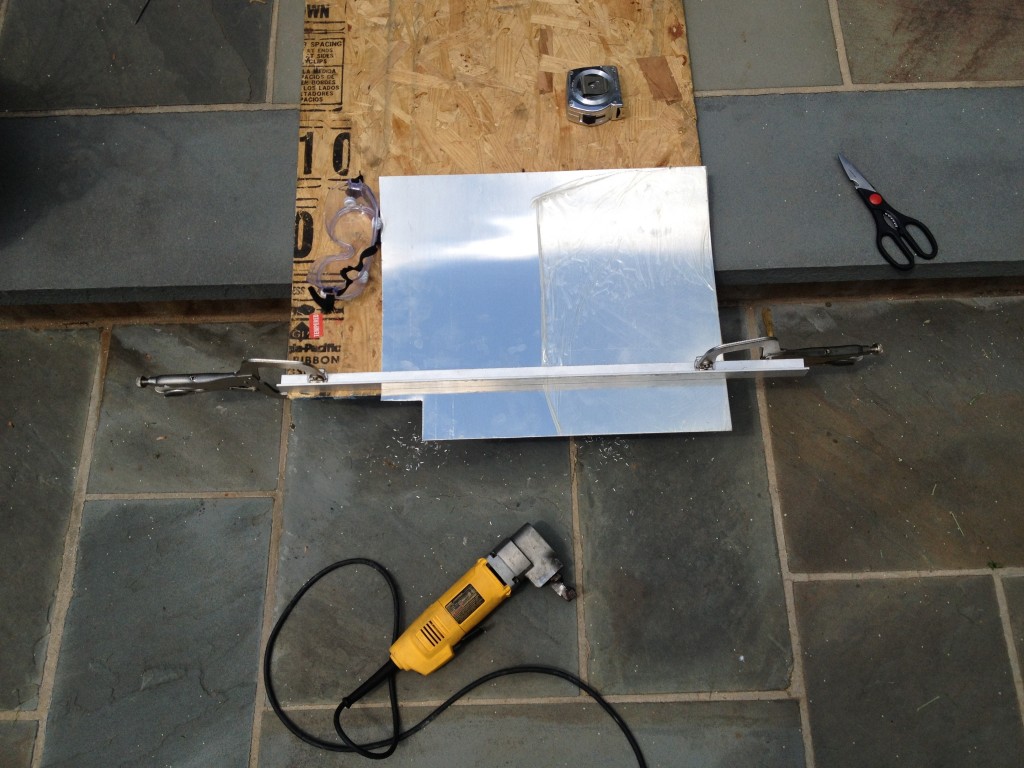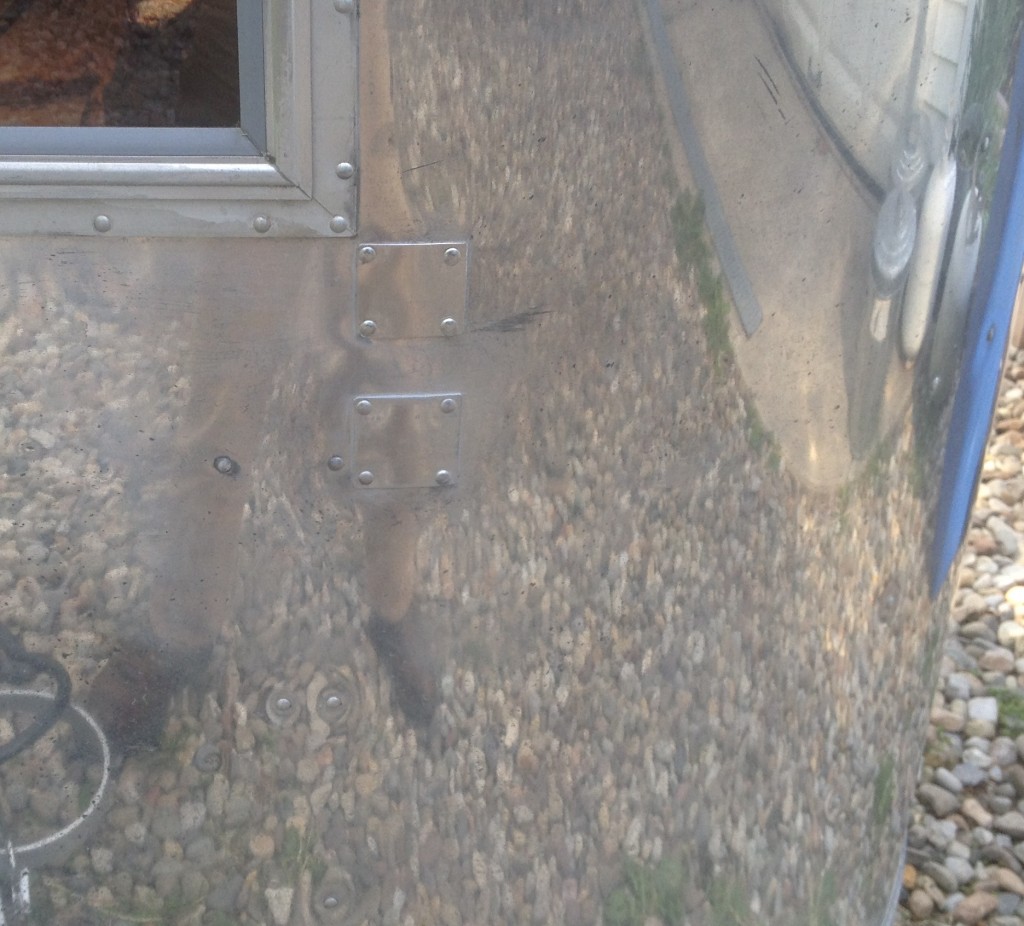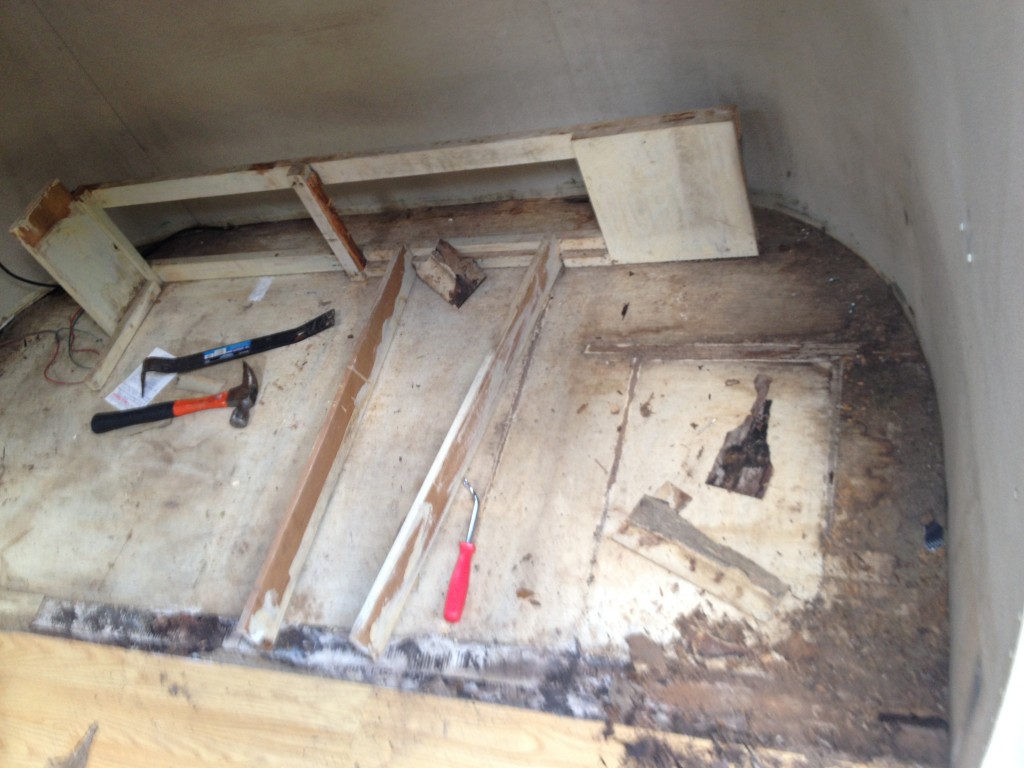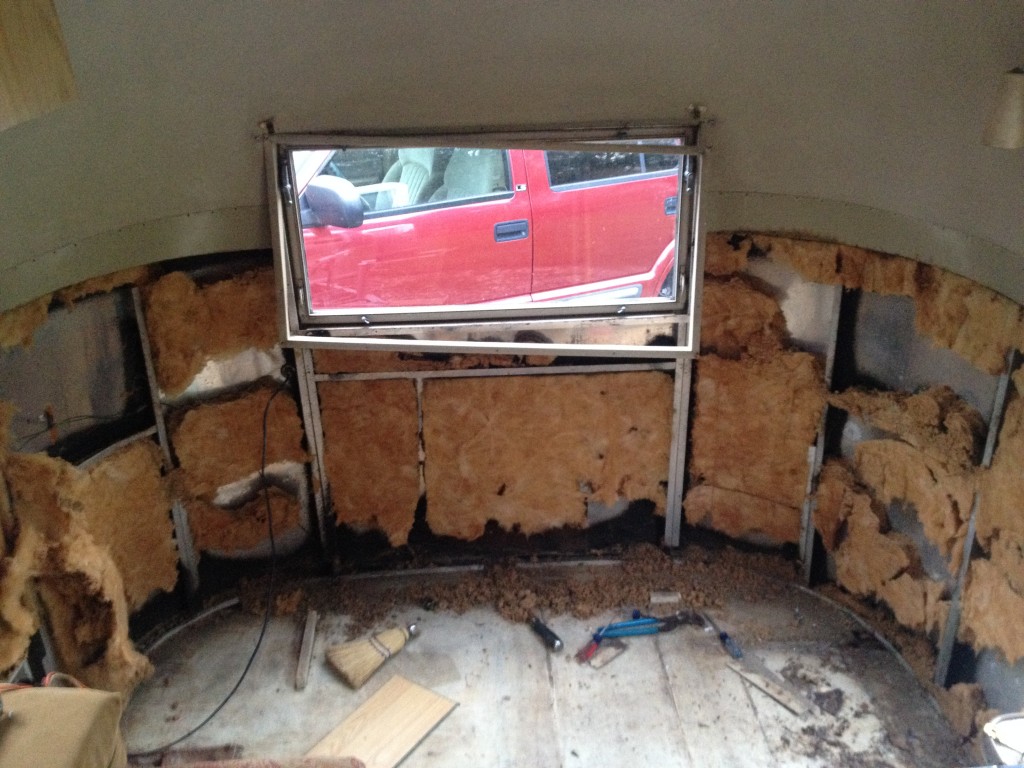The trailer has not had a battery since we bought it. Last year I tested the 12v system by connecting a battery charger to the battery cables. To my surprise, the lights worked. Now that we have brakes on our new-ish axle, I thought it was time to make the trailer breakaway switch work. If the truck becomes disconnected from the camper while we are driving down the highway, the breakaway switch will engage the trailer brakes to prevent it from rolling down the highway. Also, with a battery, we will be able to boondock (remote camping with no electrical hookup).
Thanks to my neighbor, I was able to get a good deal on an Exide dual purpose marine battery. It is a sealed AGM type battery which means little to no outgassing. That’s good for us because our battery box is not sealed and I know that any fumes from the battery would make their way into the camper. Maybe I should caulk around the battery box. Hmmm, I will leave that for another day. “Dual purpose” means that this battery has enough power to start an engine (not important in the camper but maybe important if my car battery dies) and you can recharge it after running it down (which is exactly what will happen if we go camping where there is no electrical hookup).

Next I had to replace my crusty old breakaway switch. Vintage Trailer Supply sells one very similar to the original on my trailer. I decided to go with the old-fashioned look. One end of the cable that you see coiled up in the picture will be connected to the rear of the truck.
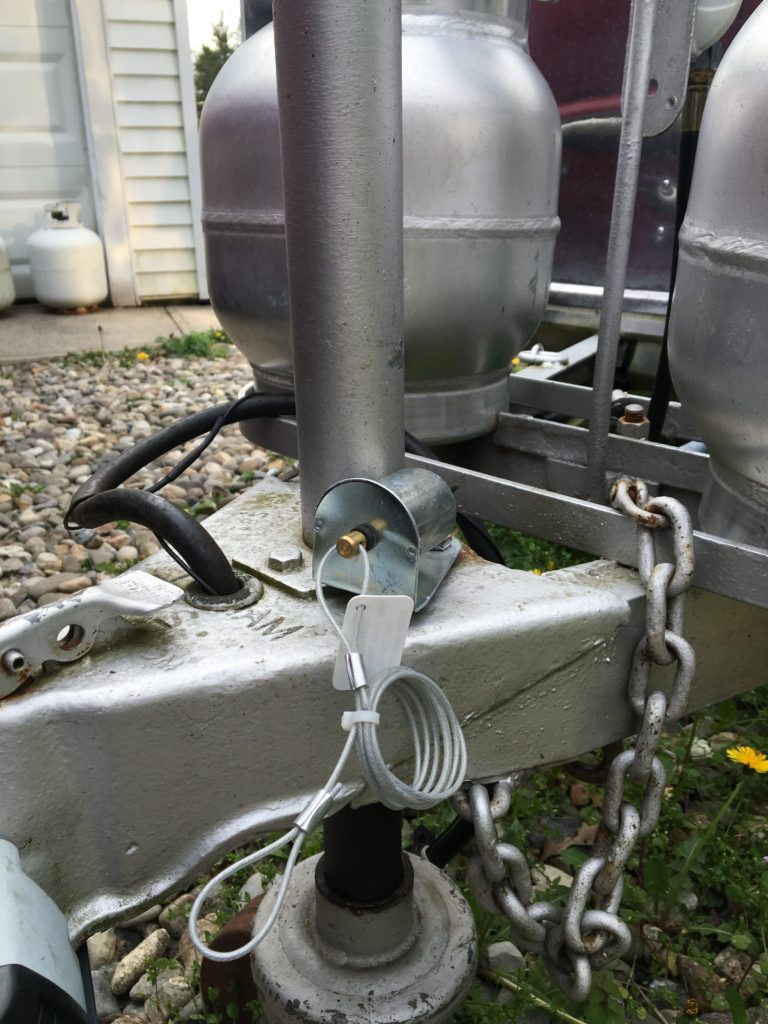
And then I had to figure out the wiring. For the breakaway switch to work, it needs a 12v supply from the battery in the trailer. It turns out there is a 3rd (red) wire going into the battery box that is dedicated for this, as you can see in the picture below.
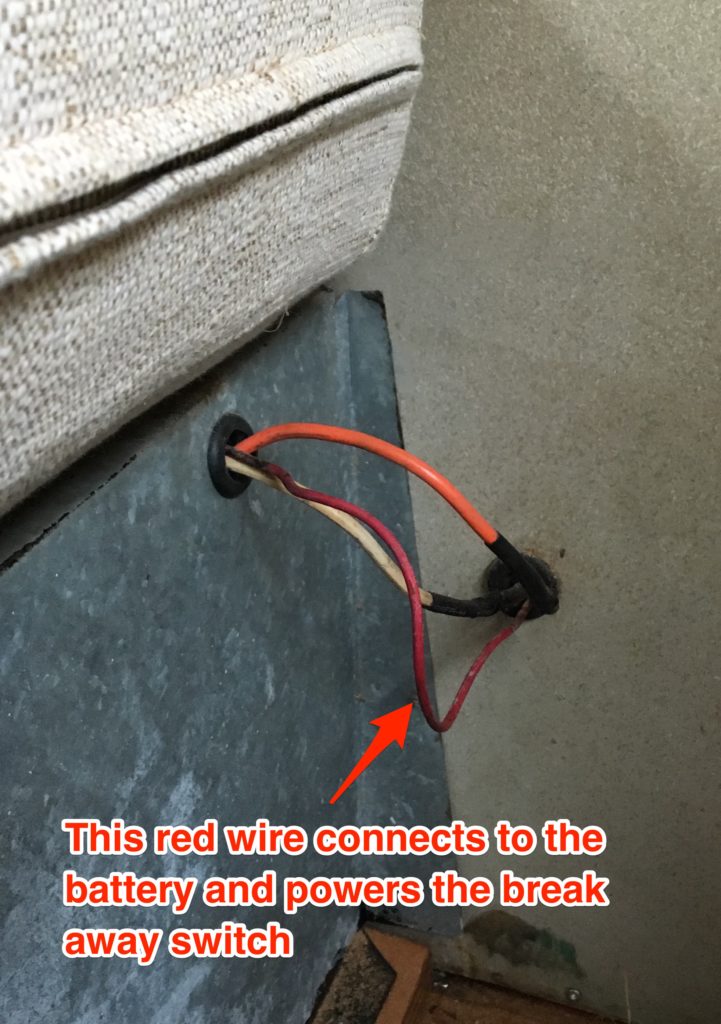
You see the other end of that same red wire at the bottom of the picture below. I used a butt connector to link it to the wire going out to the breakaway switch on the the hitch. The black wire that returns from the breakaway switch (and will supply 12v when the pin is pulled) is connected to the terminal in the junction box (first one on the left) that powers the brakes.
We also ran a 12v line from the post on the fuse box in the truck back to the receptacle for the tow cable on the rear of the truck. This 12v line will charge the battery in the trailer when the tow vehicle is connected. (Unfortunately, the Univolt converter in the trailer will NOT charge the battery when plugged into shore power. See here for explanation.) In the picture below you can see the blue wire coming out of the left of the junction box and connecting to a 25 Amp breaker. The breaker ensures that excessive power is not drawn from the tow vehicle. The other blue wire connected to the breaker powers the 12v system in the trailer.

[Note: I have no idea what the disconnected black wire pictured below the junction box is for. I though that it might be the wire that receives power when the breakaway switch is engaged, but when I tested it, it did not work that way. So I connected the switch to the brake power line in the junction box. Given the age of the trailer, just because it doesn’t work doesn’t mean that it’s not supposed to! I will ask my Airstream friends about that wire to see if they have any ideas.]
So, we now have a battery and a working breakaway switch for the brakes. This weekend is the first Airstream rally of the season. I will soon find out if it all works as expected. Wish me luck.
